Home>Gardening & Outdoor>Plant Care & Gardening Tips>When Is Montana Wildflower Season
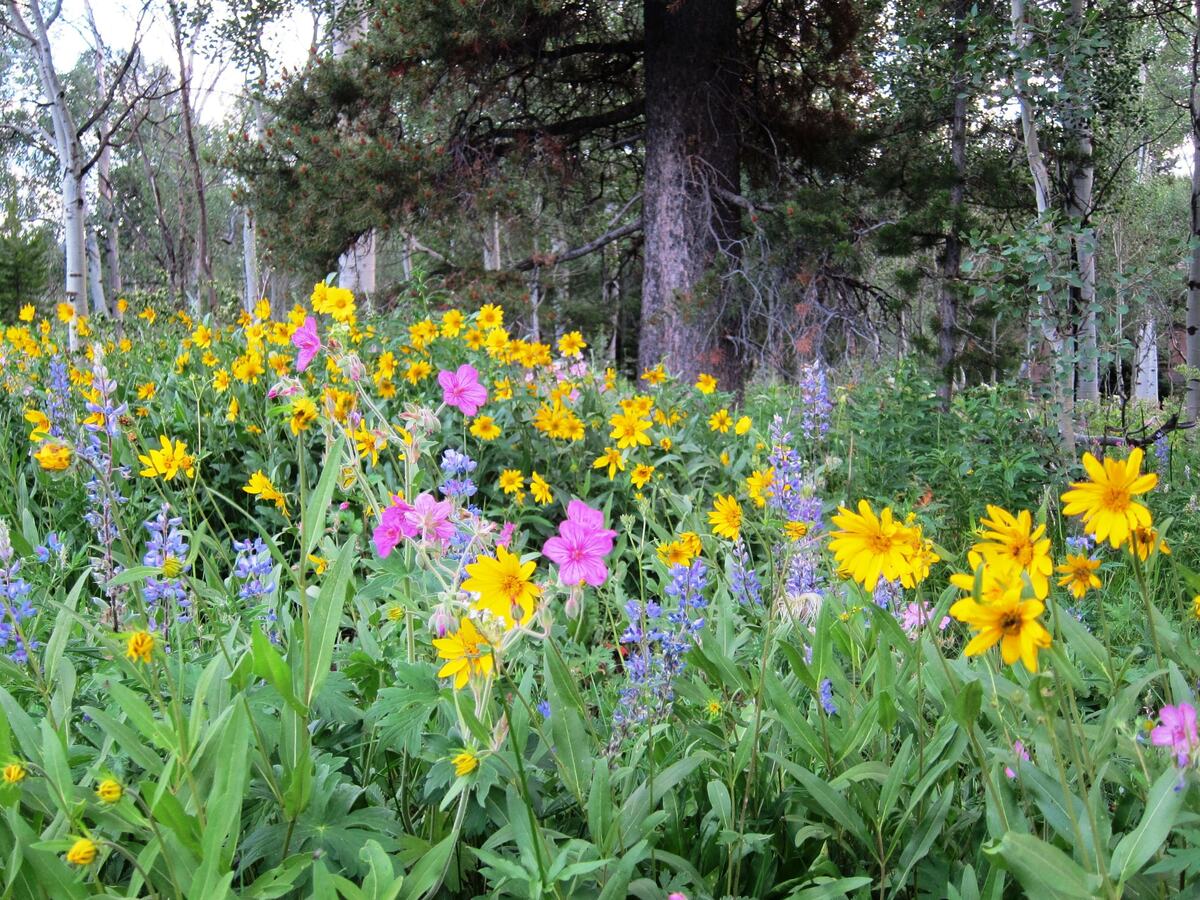

Plant Care & Gardening Tips
When Is Montana Wildflower Season
Modified: January 9, 2024
Discover the best time for Montana wildflower season and get expert plant care and gardening tips to make the most of the beautiful blooms. Explore our guide now!
(Many of the links in this article redirect to a specific reviewed product. Your purchase of these products through affiliate links helps to generate commission for Storables.com, at no extra cost. Learn more)
**
Introduction
**
Montana, often referred to as "The Treasure State," is renowned for its breathtaking landscapes, including its diverse and abundant wildflowers. The state's wildflower season is a spectacle to behold, captivating nature enthusiasts, hikers, and photographers alike. As the seasons transition and temperatures fluctuate, Montana's wilderness transforms into a vibrant tapestry of colors, showcasing an array of indigenous wildflowers. In this article, we will delve into the captivating world of Montana's wildflowers, exploring the factors that influence their bloom, the optimal times to witness their beauty, and the prime locations to experience these botanical wonders firsthand. Whether you are a seasoned botanist, a nature aficionado, or simply someone yearning to immerse themselves in the natural splendor of Montana, this guide will provide valuable insights into the enchanting wildflower season in this picturesque state. So, grab your hiking boots, a camera, and a sense of wonder as we embark on a journey to discover the captivating allure of Montana's wildflowers.
Key Takeaways:
- Montana’s wildflower season showcases a vibrant tapestry of colors, from early spring to late summer, offering a captivating spectacle for nature enthusiasts and hikers to explore and enjoy.
- Factors like climate, elevation, and soil conditions influence the timing and abundance of wildflower blooms in Montana, creating a diverse and ever-changing floral landscape.
Read more: When Is Wildflower Season In Pennsylvania
What are Montana Wildflowers?
Montana is home to a rich tapestry of native wildflowers, each contributing to the state’s vibrant ecosystem and visual splendor. These wildflowers encompass a diverse array of species, each uniquely adapted to Montana’s varying landscapes, elevations, and climates. From the majestic Rocky Mountains to the sweeping prairies and serene lakeshores, Montana’s wildflowers thrive in a multitude of habitats, showcasing their resilience and beauty.
Montana’s wildflowers encompass a broad spectrum of species, ranging from delicate alpine blossoms to robust prairie blooms. Some of the iconic wildflowers found in Montana include the vibrant Indian Paintbrush (Castilleja), the enchanting Glacier Lily (Erythronium grandiflorum), the striking Beargrass (Xerophyllum tenax), and the iconic Bitterroot (Lewisia rediviva), which also happens to be the state flower of Montana. These wildflowers, along with numerous others, contribute to the state’s rich floral heritage and serve as vital components of its natural ecosystems.
Montana’s wildflowers are not only visually captivating but also play a crucial role in supporting local wildlife, including bees, butterflies, and other pollinators. Their blooms provide essential nectar and pollen, contributing to the intricate web of life within Montana’s wilderness. Additionally, many wildflowers possess medicinal and culinary properties, serving as historical and contemporary sources of sustenance and healing for both humans and wildlife.
As we immerse ourselves in the world of Montana’s wildflowers, it becomes evident that these botanical marvels are not merely decorative elements of the landscape; they are integral components of Montana’s natural heritage, contributing to its ecological diversity and captivating all who have the privilege of encountering them.
Factors Affecting Wildflower Season in Montana
The wildflower season in Montana is influenced by a myriad of factors, each playing a crucial role in determining the timing and abundance of floral displays across the state. Understanding these factors is essential for predicting and appreciating the wildflower season in Montana.
Climate and Weather: Montana’s diverse climate, characterized by varying temperatures, precipitation patterns, and elevation gradients, significantly impacts the wildflower season. The timing of snowmelt, the duration of the growing season, and the frequency of rainfall all influence the emergence and duration of wildflower blooms. Additionally, temperature fluctuations can affect the timing of specific wildflower species, with some blooming earlier in the season in response to warmer conditions, while others may thrive in cooler, higher elevation environments.
Elevation: Montana’s topographical diversity, encompassing low-lying prairies, rolling hills, and towering mountain ranges, results in distinct microclimates that influence the timing of wildflower blooms. Lower elevations experience earlier spring conditions, leading to the emergence of wildflowers, while higher elevations may exhibit a delayed blooming period as they transition from winter to spring-like conditions.
Soil Conditions: The composition and moisture content of the soil play a pivotal role in determining the health and abundance of wildflowers in Montana. Well-drained soils, enriched with essential nutrients, provide an optimal environment for wildflowers to thrive, while excessively dry or waterlogged soils can hinder their growth and development.
Wildfire and Disturbance: Wildfires, a natural component of many of Montana’s ecosystems, can influence the wildflower season by clearing vegetation, enriching the soil with nutrients, and creating opportunities for certain species to flourish in the post-fire environment. Additionally, other forms of disturbance, such as grazing patterns and human activities, can impact the distribution and abundance of wildflowers across the landscape.
Photoperiod and Day Length: The length of daylight, known as photoperiod, triggers physiological responses in many wildflower species, influencing their growth, flowering, and seed production. As the days lengthen during the transition from winter to spring, many wildflowers perceive these changes and initiate their blooming cycle accordingly.
By considering these interconnected factors, we gain a deeper appreciation for the intricate ecological processes that govern the wildflower season in Montana. The delicate balance of environmental influences, from climate dynamics to natural disturbances, collectively shapes the ever-changing floral displays that grace Montana’s countryside each year.
The Montana wildflower season typically peaks from late June to early August, with different species blooming at different times. Be sure to check local wildflower reports for the best viewing times.
Best Time to See Wildflowers in Montana
Montana’s wildflower season unfolds in a captivating symphony of colors, each bloom adding to the visual splendor of the state’s natural landscapes. The optimal time to witness this botanical extravaganza varies across different regions of Montana, offering a diverse array of wildflower experiences throughout the spring and summer months.
Early Spring (April – May): In lower elevation regions, such as the prairies and foothills of Montana, the wildflower season commences as early as April, following the retreat of winter’s grasp. Delicate blossoms, including the vibrant yellow Glacier Lilies and the iconic Bitterroot, emerge amid the awakening grasslands, signaling the onset of springtime in the Treasure State.
Mid-Spring (May – June): As spring progresses, the wildflower spectacle expands to encompass higher elevation areas, including the foothills and lower mountain slopes. During this period, a diverse array of wildflowers, such as the striking Arrowleaf Balsamroot and the enchanting Shooting Stars, adorn the landscapes, painting the hillsides with a kaleidoscope of hues.
Peak Season (June – July): The peak of the wildflower season in Montana unfolds during late spring and early summer, offering a profusion of blooms across the state’s diverse ecosystems. Alpine meadows, subalpine forests, and mountain valleys become adorned with an abundance of wildflowers, including the vibrant Paintbrushes, Lupines, and Columbines, creating a breathtaking display of natural beauty.
Late Summer (July – August): As the summer progresses, the wildflower spectacle transitions to higher elevations, with alpine and subalpine regions showcasing their floral diversity. The resplendent Beargrass, with its ivory-hued blooms, and the elegant Elephant’s Head Lousewort punctuate the subalpine landscapes, offering a glimpse into the unique adaptations of wildflowers in these high-altitude environments.
Late Bloomers (August – September): Certain wildflower species, particularly those found in the cooler, high-elevation habitats of Montana, continue to bloom into late summer and early fall. Hiking through the mountainous terrain during this period may reveal the delicate blooms of Alpine Forget-Me-Nots and the robust Fireweed, adding a touch of color to the late-season wilderness.
By embracing the seasonal progression of wildflowers, visitors to Montana can embark on a captivating journey through a tapestry of floral displays, each phase offering a unique and enchanting experience. Whether exploring the prairies, foothills, or alpine realms, the best time to see wildflowers in Montana extends across several months, inviting all who revel in nature’s beauty to partake in this visual feast.
Where to Find Wildflowers in Montana
Montana’s diverse landscapes offer a myriad of locations where wildflower enthusiasts can immerse themselves in the captivating beauty of indigenous blooms. From expansive prairies to rugged mountain ranges, the state provides a rich tapestry of habitats for wildflowers to flourish, each offering a unique and awe-inspiring floral spectacle.
Glacier National Park: Nestled in the northern reaches of Montana, Glacier National Park boasts an unparalleled display of alpine wildflowers. Hikers traversing the park’s iconic trails, such as the Highline Trail and the Hidden Lake Overlook, are treated to a breathtaking panorama of colorful blooms, including Beargrass, Western Pasqueflower, and various species of Paintbrushes, set against the backdrop of glacier-carved peaks and pristine alpine meadows.
Bitterroot Valley: Named after Montana’s state flower, the Bitterroot Valley is a haven for wildflower enthusiasts. The valley’s diverse ecosystems, ranging from riparian corridors to sagebrush steppe, host an array of wildflowers, including the vibrant Bitterroot, Arrowleaf Balsamroot, and Lupines. The Bitterroot Mountains provide a stunning backdrop for exploring this floral paradise.
Prairie Wildflower Trails: Montana’s prairies, particularly in the eastern and central regions of the state, offer a captivating showcase of early spring wildflowers. The Montana prairie lands come alive with the blooms of Prairie Crocuses, Pasqueflowers, and Blanketflowers, creating a vibrant tapestry of colors across the undulating grasslands.
Lolo National Forest: Encompassing rugged terrain and lush forests, Lolo National Forest provides an enchanting setting for encountering a diverse array of wildflowers. Hiking along the forest’s trails, such as the Lee Creek Trail and the Jerry Johnson Hot Springs Trail, unveils a profusion of floral treasures, including the elegant Calypso Orchid, the cheerful Glacier Lily, and the striking Western Red Columbine.
Alpine Meadows of the Beartooth Mountains: The high-altitude meadows of the Beartooth Mountains, near the iconic Beartooth Highway, offer a spectacular display of alpine wildflowers during the summer months. Visitors can revel in the sight of vibrant Elephanthead Lousewort, Alpine Forget-Me-Nots, and Moss Campion nestled amidst the rocky alpine terrain, creating a scene of unparalleled natural beauty.
Missouri River Breaks: The rugged badlands and riverine habitats of the Missouri River Breaks showcase a unique array of wildflowers, including the delicate Desert Paintbrush, the aromatic Beebalm, and the resilient Prairie Coneflower. Exploring this distinctive landscape during the late spring and early summer unveils an intriguing juxtaposition of wildflowers against the dramatic backdrop of the eroded badlands.
By venturing into these diverse habitats and regions, visitors to Montana can embark on a captivating journey to witness the state’s wildflower splendor. Whether traversing alpine meadows, exploring prairie landscapes, or hiking through forested trails, Montana’s wildflowers await, ready to enchant and inspire all who seek to revel in their natural allure.
Read more: When Is Wildflower Season In Texas
Conclusion
Montana’s wildflower season is a testament to the state’s natural splendor, offering a captivating display of floral diversity that unfolds across its varied landscapes. From the early blooms of the prairies to the alpine extravaganzas of the high mountains, Montana’s wildflowers paint a vibrant portrait of the state’s ecological richness and botanical heritage.
As we’ve explored the factors influencing the wildflower season, delved into the optimal times to witness these botanical marvels, and discovered prime locations to encounter them, it becomes evident that Montana’s wildflowers are not merely ephemeral blooms; they are an integral part of the state’s identity and natural legacy. Their resilience in the face of diverse environmental challenges, coupled with their role in supporting local wildlife and captivating human admirers, underscores their significance in Montana’s ecosystems.
For those seeking to immerse themselves in the wildflower season, Montana offers a tapestry of experiences, each unveiling a unique assemblage of blooms and a profound connection to the natural world. Whether exploring the alpine meadows of Glacier National Park, traversing the prairies of the Bitterroot Valley, or venturing into the rugged landscapes of Lolo National Forest, Montana’s wildflowers beckon nature enthusiasts, hikers, and photographers to partake in their seasonal spectacle.
Ultimately, the wildflower season in Montana transcends mere visual appeal; it embodies the intricate interplay of ecological dynamics, seasonal transitions, and the enduring resilience of nature. It serves as a reminder of the interconnectedness of all living organisms and the enduring beauty that unfolds when ecosystems harmonize with the changing seasons.
So, as you plan your next adventure in Montana, consider embracing the wildflower season as an opportunity to witness the state’s natural splendor in full bloom. Whether you are a seasoned botanist, an avid hiker, or someone simply yearning to connect with nature, Montana’s wildflowers await, ready to enchant, inspire, and leave an indelible impression on all who have the privilege of witnessing their fleeting yet profound beauty.
Frequently Asked Questions about When Is Montana Wildflower Season
Was this page helpful?
At Storables.com, we guarantee accurate and reliable information. Our content, validated by Expert Board Contributors, is crafted following stringent Editorial Policies. We're committed to providing you with well-researched, expert-backed insights for all your informational needs.
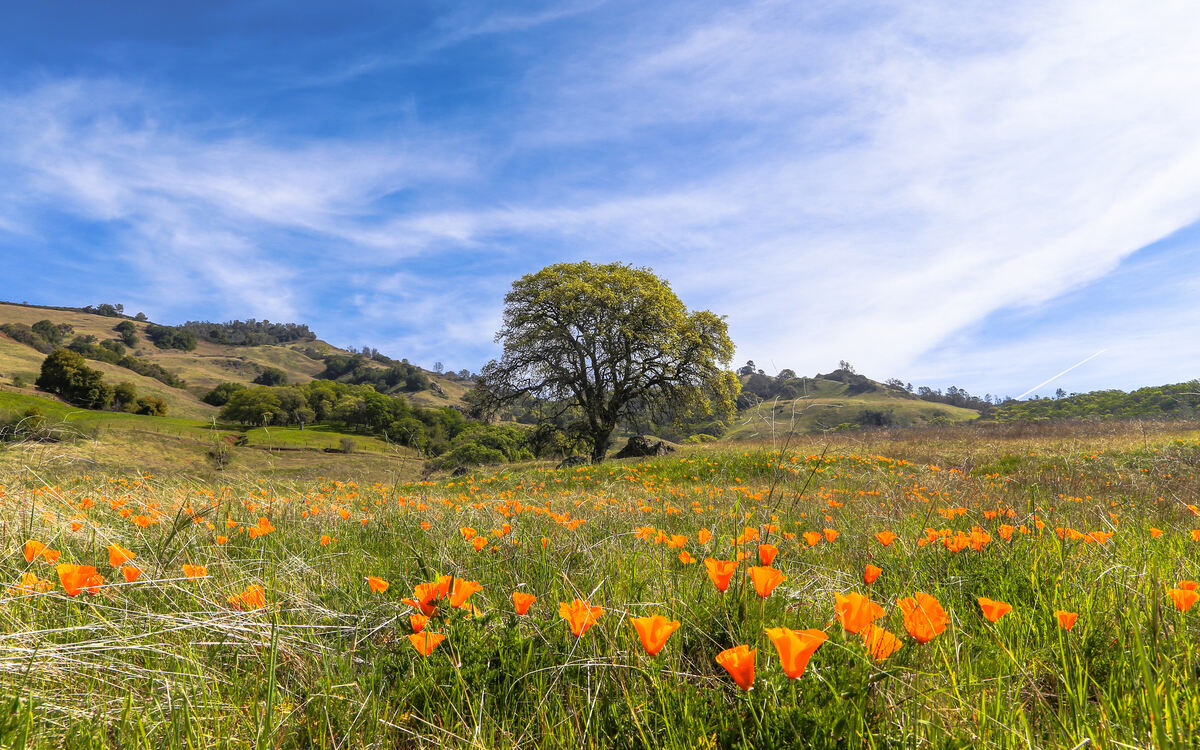
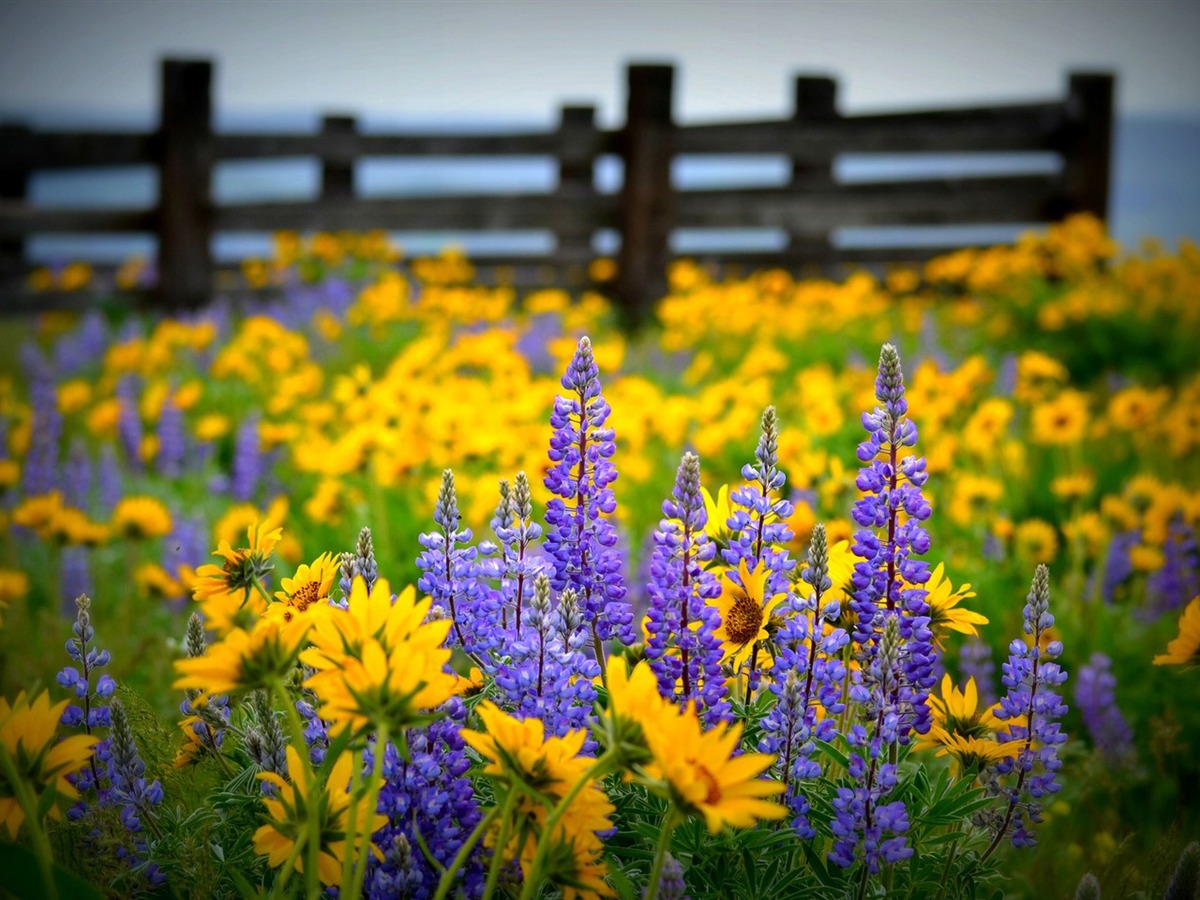
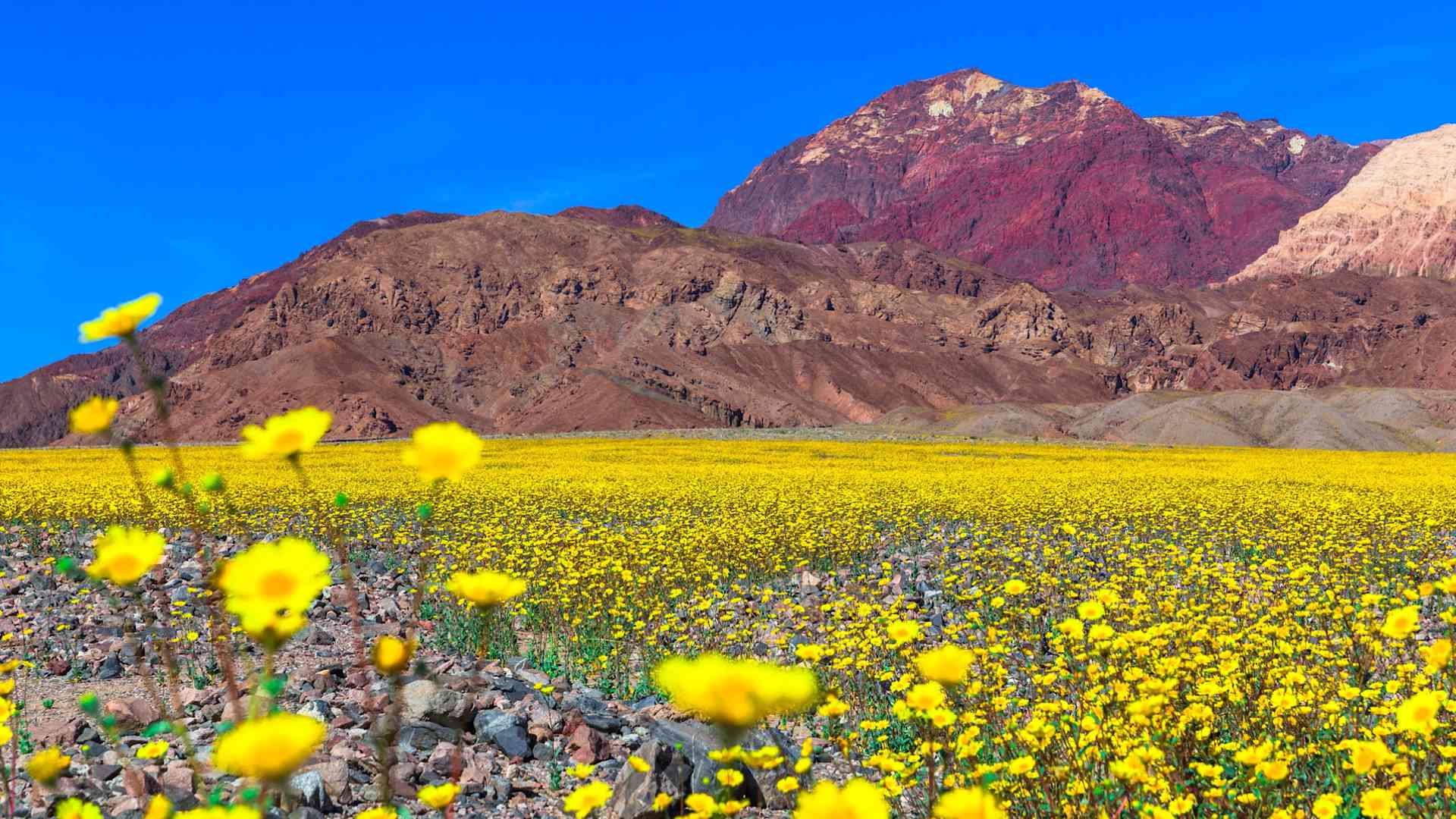
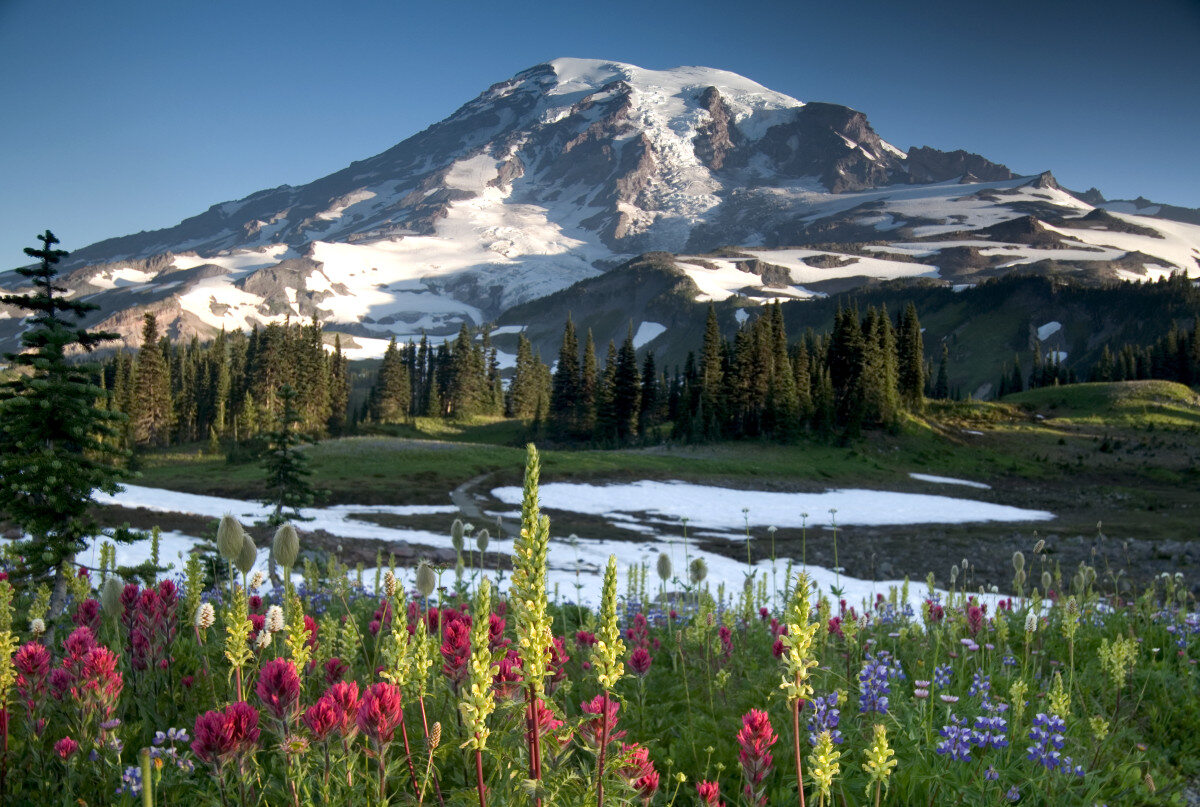
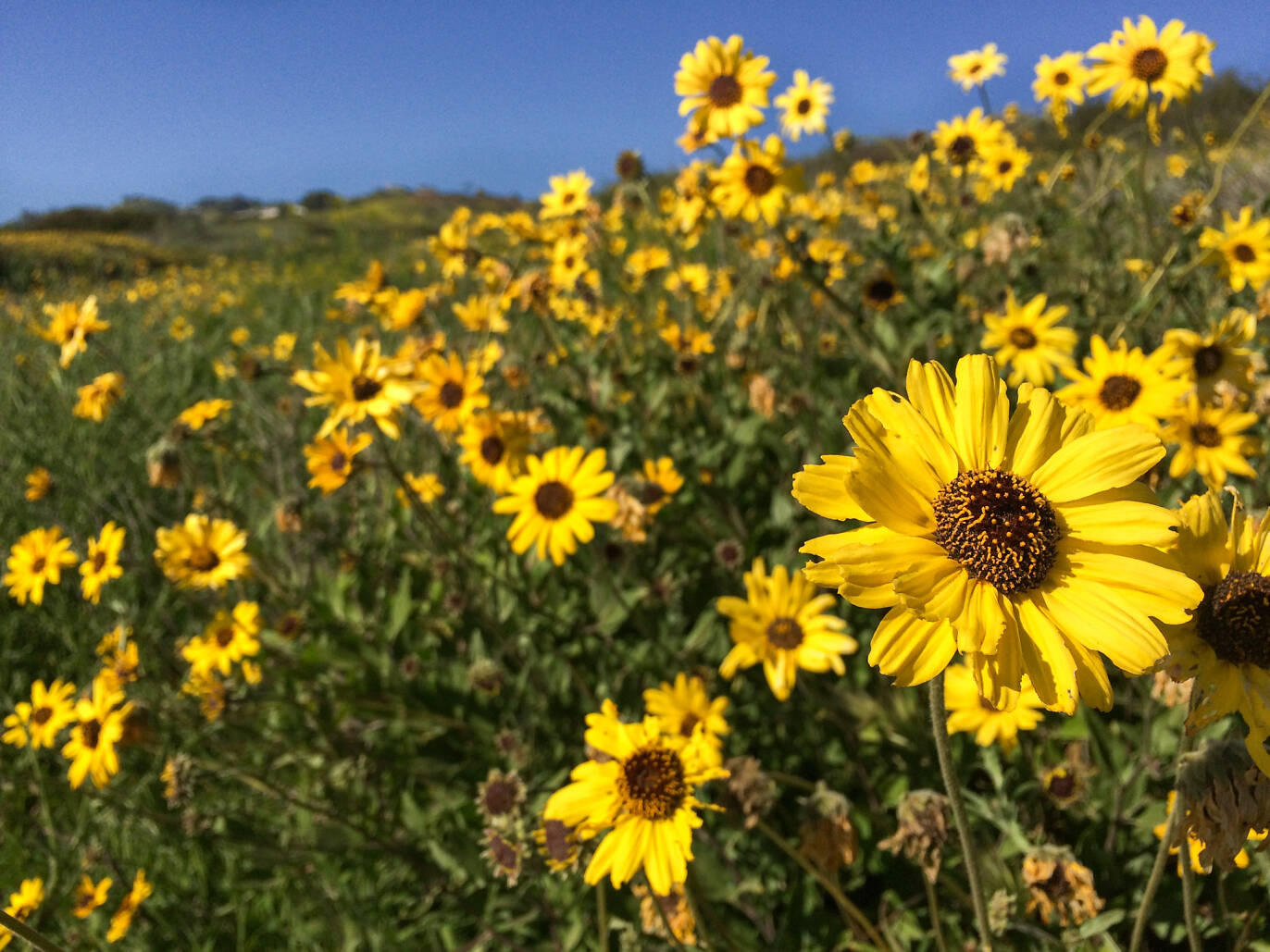
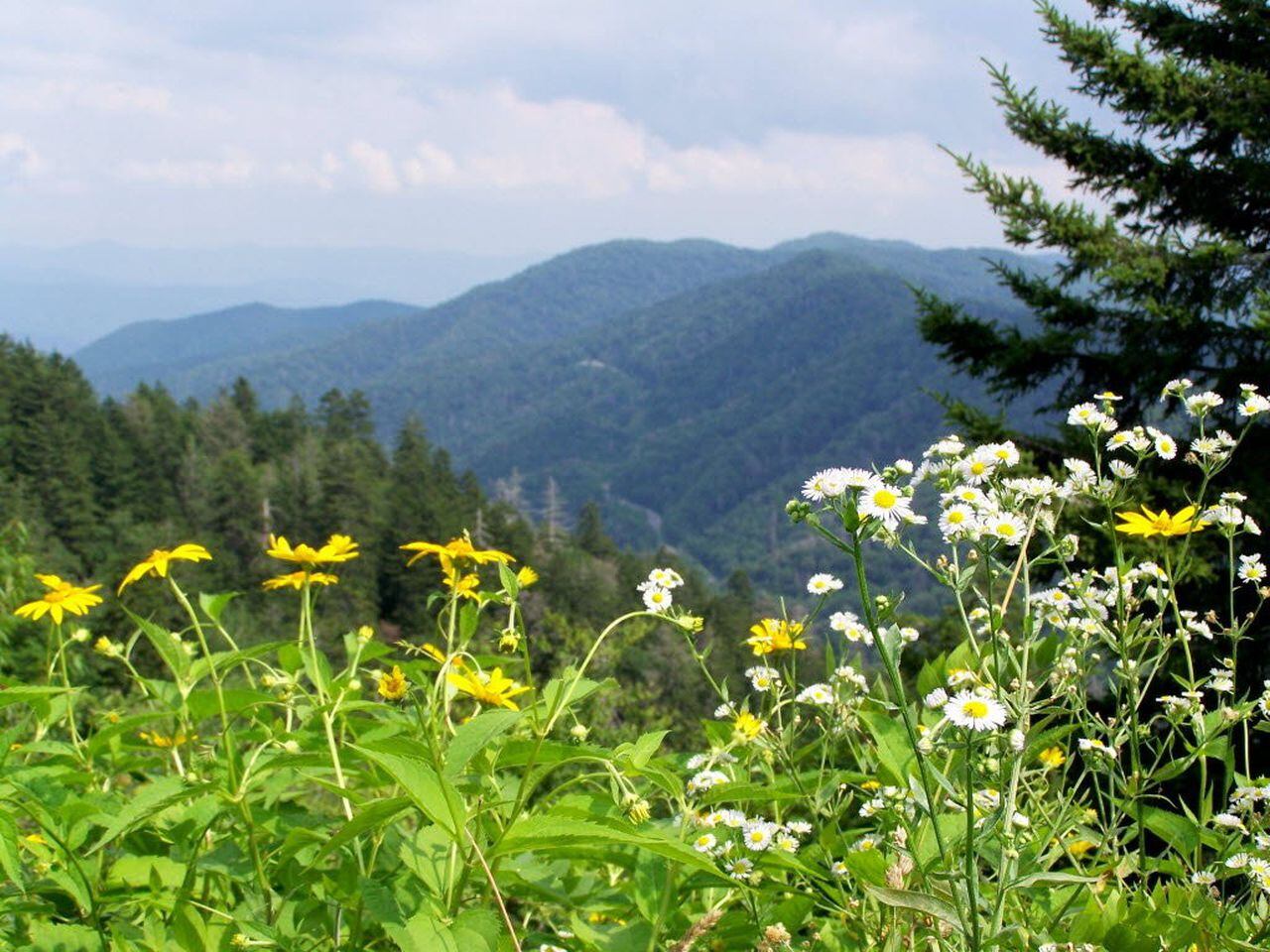
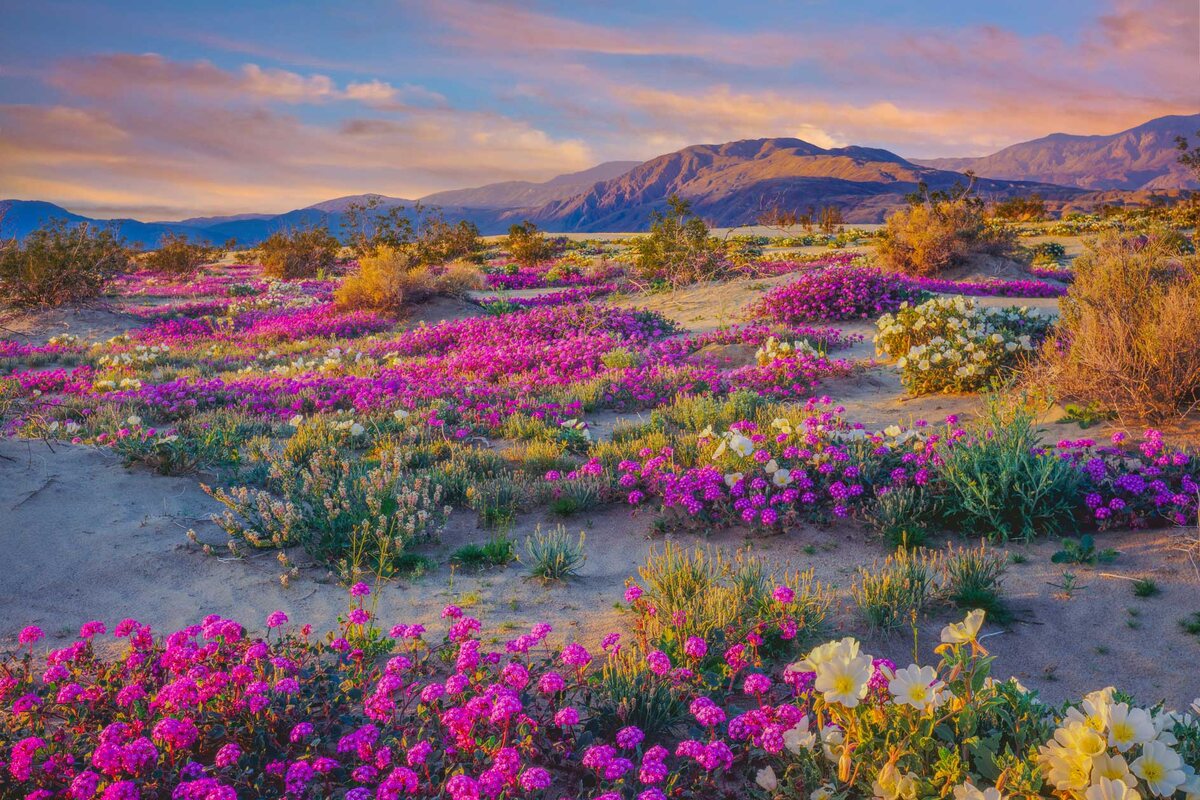
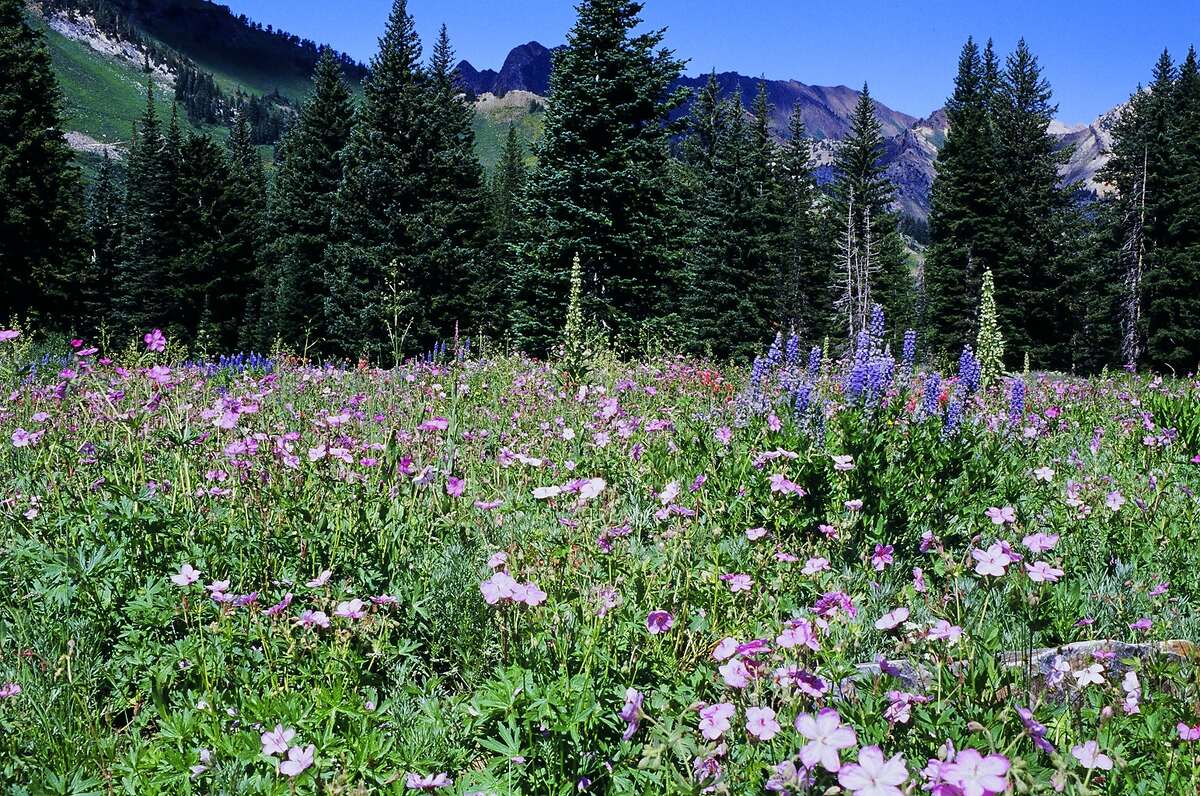
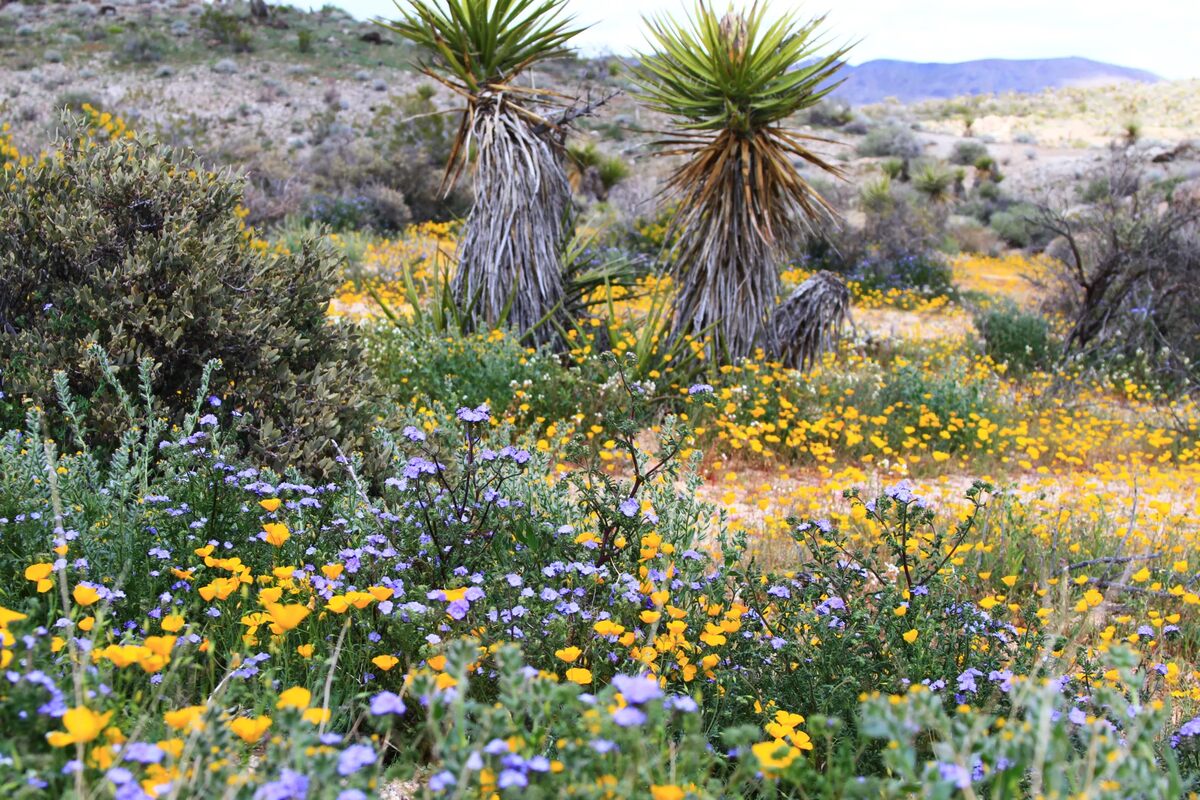
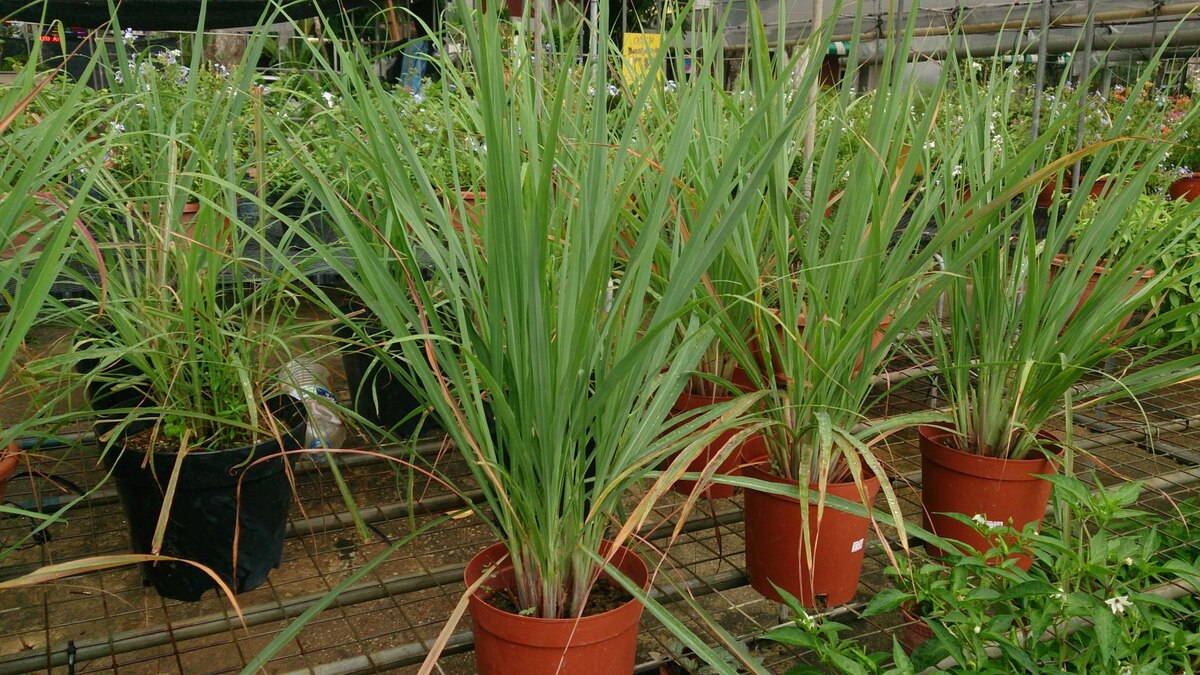
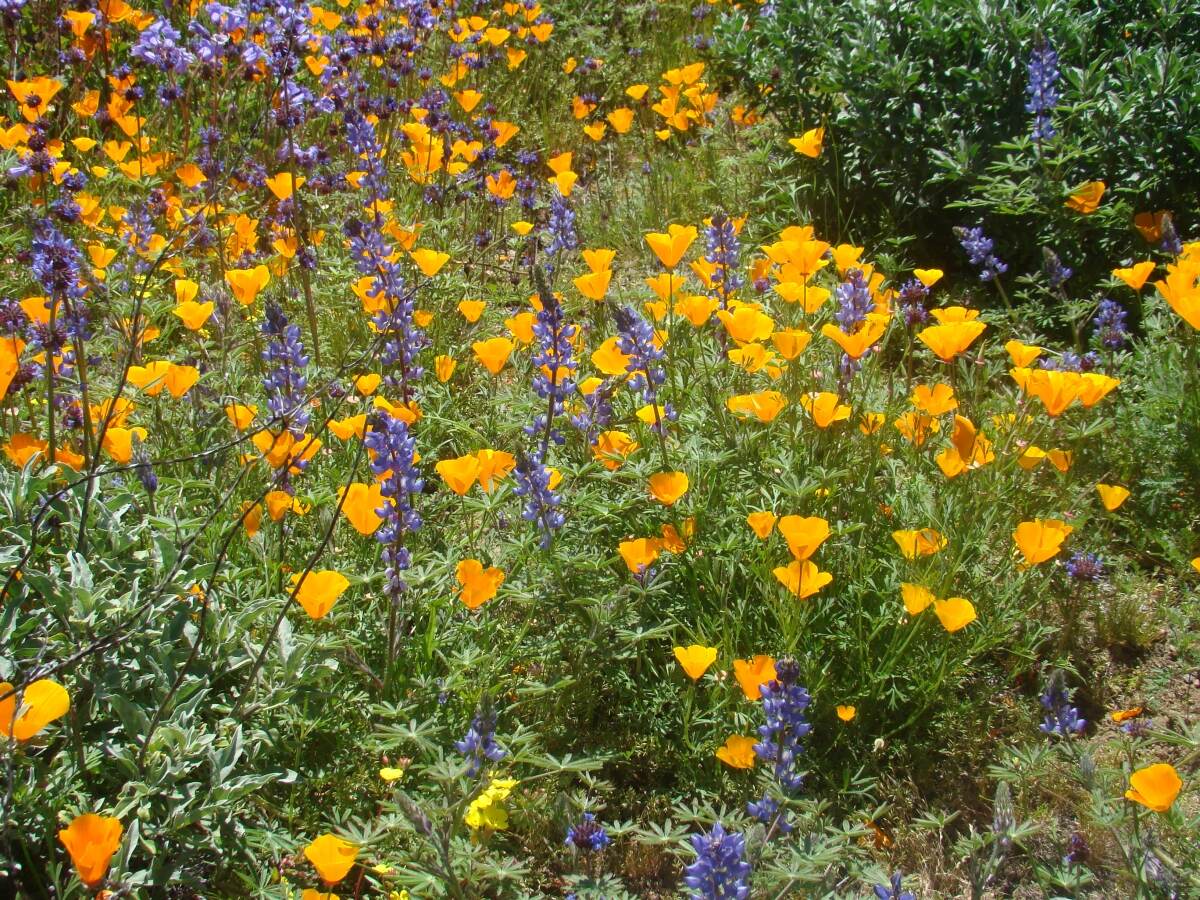
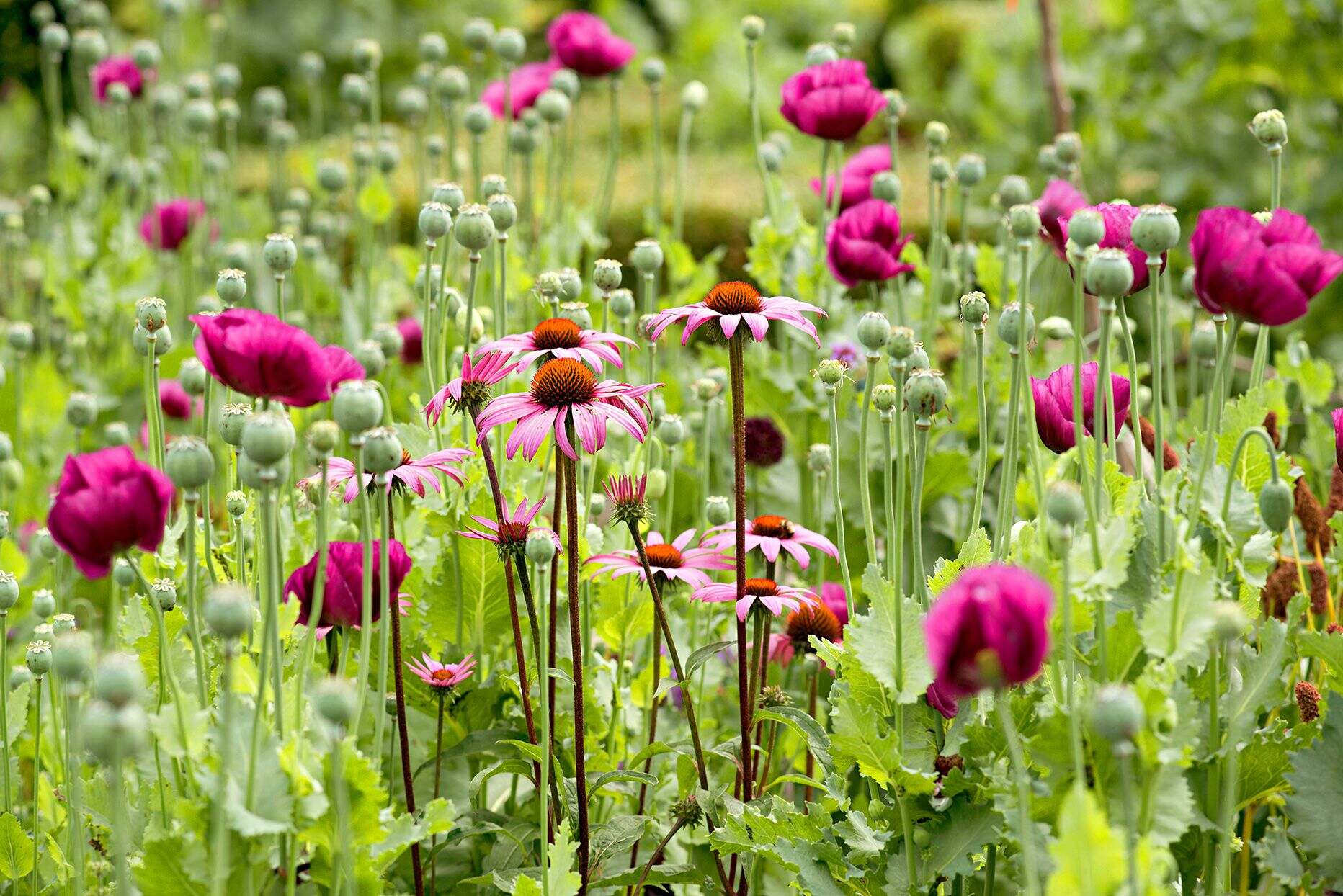
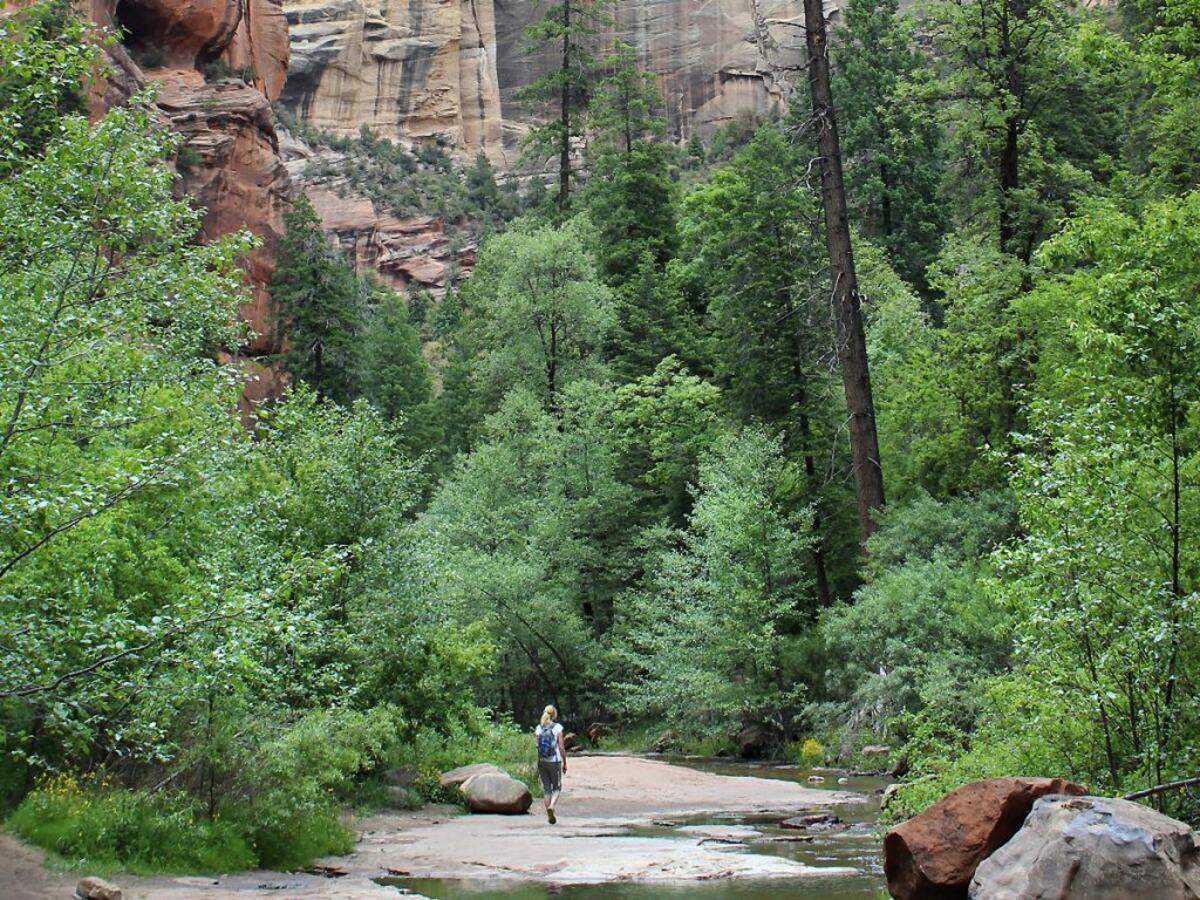


0 thoughts on “When Is Montana Wildflower Season”